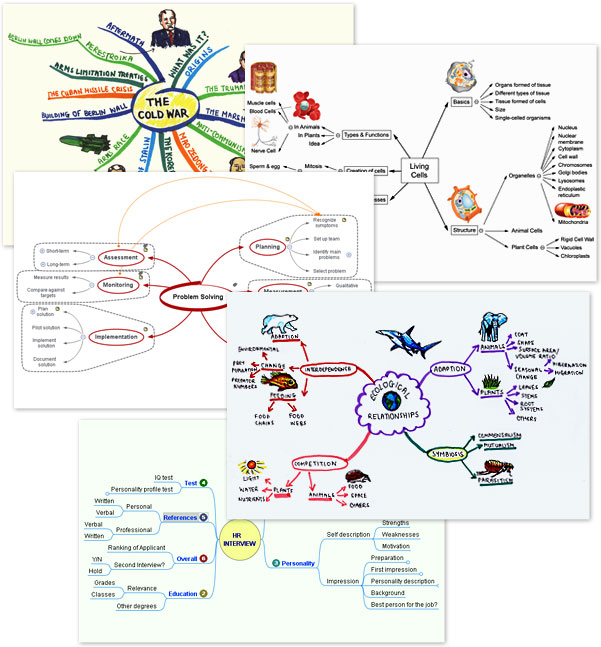Let’s face it, much of the work of school is memorization. Math facts, spelling lists, state capitals, math formulas…lots and lots of things to memorize and those who do it well often get good grades and plenty of smiley faces on their papers. What about the students who struggle with memorization? Is there a way to help them?
To briefly review, memory consists of both implicit memories, such as procedures, reflexes, and emotions, as well as explicit memories, such as semantics and episodic events (Jensen, 1998). School work generally involves semantic memories, which can be the hardest to “learn”. Vocabulary words and definitions, lunchroom rules, and the Preamble to the Constitution are examples of these troublesome semantic memories that are required for academic success.
Teachers contribute to students’ memories through encoding (getting the information in), maintenance (keeping the information or memory accurate), and retrieval (getting the information out) (Jensen, 2008). All of this requires much cognitive work and students can struggle with sustained attention and forming long-term memories for many reasons, i.e. general environmental distractions, poor nutrition, lack of sleep, experiencing trauma, and overwhelming emotions to name a few of the common potential memory busters.
Study skills can help students be more successful in school by giving them tools that can aid their memories (Willis, 2007). Here is a list of important study skills:
Time Scheduling
Concentration
Listening & Note taking
Reading
Exams
Writing Skills
Organize thoughts when brainstorming or recalling
Effective method of taking notes
Mindmapping is one way to teach students to organize thoughts, ideas, notes, information, and improve their school performance. Mindmapping is brain friendly: harnesses the full range of cortical skills – word, image, number, logic, rhythm, color and spatial awareness; aids creativity, memory, and specifically the recall of information; and its a multi-modality skill because it utilizes various brain regions (Buzan, 2017).
We know that learning by association – link two (or three, or four) things together, can be very helpful in encoding, maintaining and retrieving memories. Mindmapping does all of this and more!

Here are the steps to building a good mindmap:
1. Start in the center of a blank page turned sideways. Give your brain freedom to spread out in all directions
2. Use an image or picture for your main idea. An image helps your imagination. It is more interesting and keeps you focused helping you to concentrate.
3. Use colors throughout. Colors are as exciting to your brain as are images. Color will add energy to your creative thinking.
4. Connect your main branches to the central image etc.
5. Make your branches curved instead of straight lined. Having nothing but straight lines is boring to your brain.
6. Use one key word per line Single words give your Mind Map more power and flexibility.
7. Use images throughout Each image, like the central image, is worth a thousand words!
Instead of telling students TO study, try teaching them how to study by using mindmapping. And as with all new tools, DO ONE TOGETHER risk free (meaning not for a grade) before having students try it on their own. You may be surprised at how much more students remember as they use this effective tool!
For more on study skills and mindmapping, check out this online resources:
http://www.mindmapping.com
http://www.usingmindmaps.com/how-to-mind-map-in-seven-steps.html
http://www.design(1998).orate.com/how-to-use-mind-mapping/
Free from Google store and integrates with Google Drive – MindMup
